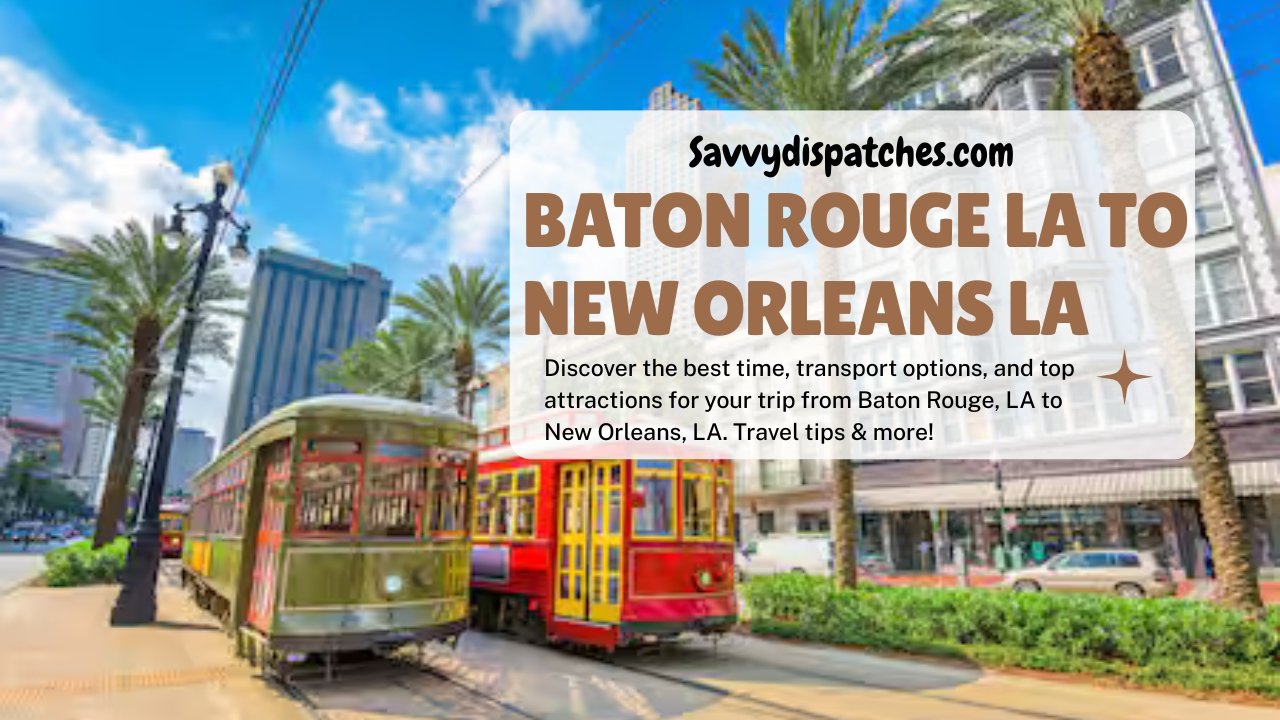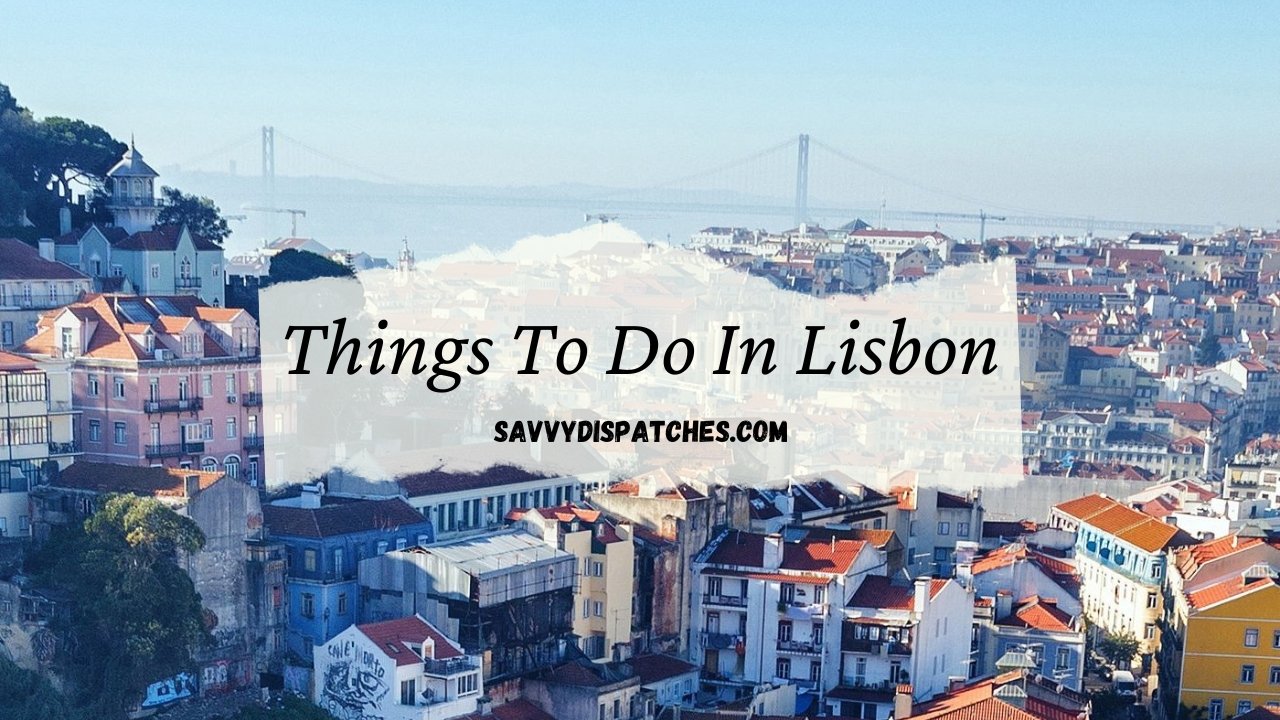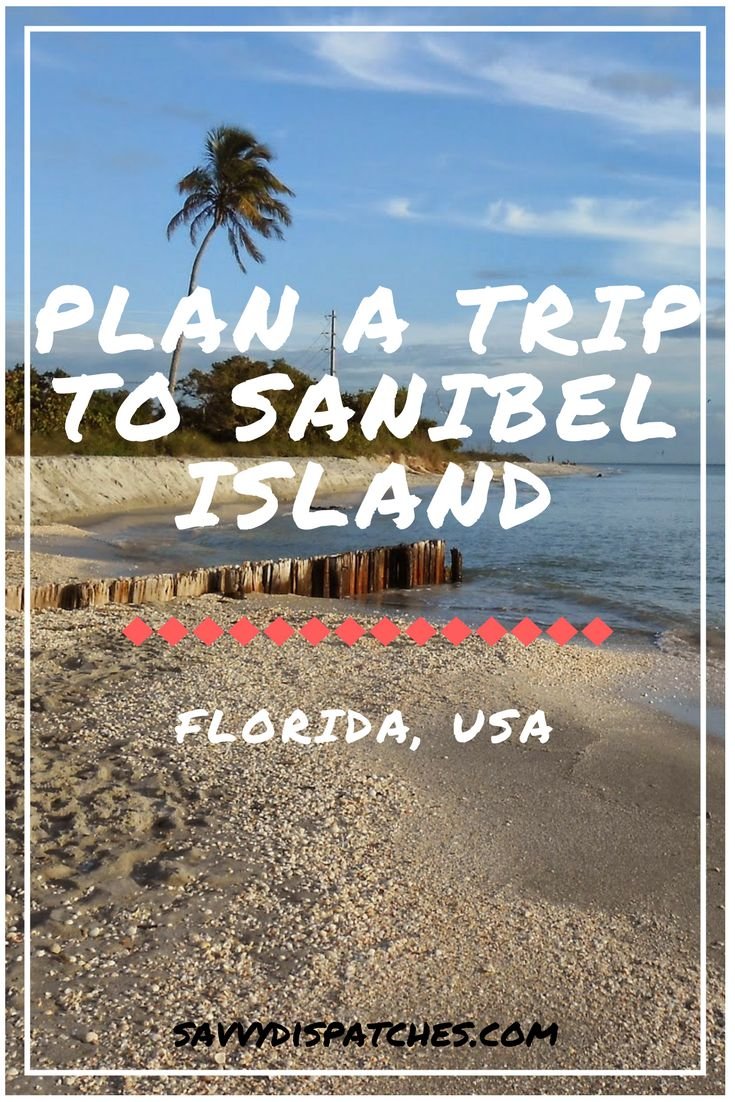Destinations
Hogwarts Castle as a Travel Destination

Hidden among the Scottish Highlands and veiled by powerful enchantments, Hogwarts Castle is more than a school—it’s a fortress of mystery, magic, and history. For the bold-hearted adventure seekers, this legendary destination offers twisting staircases, secret chambers, ancient spells, and encounters with mythical creatures. Whether you’re a die-hard Potterhead or just someone with a thirst for the extraordinary, Hogwarts will leave you spellbound.
Best Time to Visit Hogwarts Castle
Hogwarts experiences all four seasons in mystical splendor. Here’s when to go for the ultimate magical experience:
Spring (March – May)
Vibe: Cherry blossoms drift over the lake, magical creatures stir awake, and Quidditch season hits its stride.
Why visit: Mild weather, blooming landscapes, and fewer tourist attractions.
Summer (June – August)
Vibe: Sun-drenched courtyards, night-time astronomy classes under starry skies.
Why visit: Ideal for hiking the Forbidden Forest trails, boat rides on the Black Lake, and full castle exploration.
Autumn (September – November)
Vibe: Halloween feasts, floating pumpkins, and the golden glow of enchanted leaves.
Why visit: Perfect for spooky castle tours, visiting the Shrieking Shack, or taking ghost-led history walks.
Winter (December – February)
Vibe: Snow-covered turrets, Yule Ball glam, and fireplaces roaring in the Great Hall.
Why visit: A magical winter wonderland—ideal for adventure seekers who crave eerie ambiance and frost-bitten mystery.
Local Cuisine Recommendations
Though Hogwarts boasts hearty Great Hall meals, nearby wizarding towns offer authentic dishes for daring palates:
Must-Try Dishes
Pumpkin Pasties: Buttery pastries filled with spiced pumpkin. Ideal for backpack snacks.
Treacle Tart: A sweet, sticky British classic—Harry’s personal favourite.
Beef & Ale Stew (Hogsmeade-style): Slow-cooked with enchanted spices, best enjoyed in the chill of winter.
Top Places to Eat
The Three Broomsticks (Hogsmeade): Rustic tavern vibe, serves Butterbeer and roast dinners.
The Leaky Cauldron (Diagon Alley): Great for breakfast before catching the train at Platform 9¾.
Honeydukes Sweet Shop: A must-visit for adventurous sweet lovers—Fizzing Whizbees and Exploding Bonbons await.
Transportation Tips
Getting There
Closest “Muggle” Airport: Edinburgh Airport (EDI). From here, a scenic 2.5-hour drive or train ride to the Highlands.
Wizard Route: Board the Hogwarts Express at King’s Cross Station, Platform 9¾ (yes, it’s magically accessible for select travelers).
Local Transit
Magical Methods: Knight Bus, Thestral-drawn carriages, enchanted brooms (licensed only).
Muggle Options:
Train: Take a heritage steam train from Fort William to Mallaig (a.k.a. the Jacobite Steam Train, used in the films).
Car Rentals: Available at Edinburgh or Inverness airports for Highland explorations.
Shuttles: Magical tour companies often provide charmed minibuses to castle grounds.
Budget Breakdown
| Traveler Type | Estimated Daily Cost | Inclusions |
|---|---|---|
| Budget | $60 – $100 | Hostel bed in Hogsmeade, pub meals, public train, walking tours |
| Mid-Range | $150 – $250 | Boutique inn, guided magical tours, traditional dining, rentals |
| Luxury | $400+ | Castle-suite hotels, private thermal excursions, gourmet meals |
Hidden Gems & Off-the-Beaten-Path Spots
The Room of Requirement: Only appears when you really need it—perfect for solitude or treasure hunting.
The Boathouse Pier: Serene and cinematic, best visited at sunset with a flask of Butterbeer.
Forbidden Forest (Guided Tour Only!): Encounter unicorns, centaurs, and hidden relics.
Whomping Willow Underpass: Crawlspace used by mischievous students—accessible only with an invisibility cloak (or a very creative local guide).
Hogsmeade’s Back Alleys: Hidden wand makers, black market potion shops, and legendary spell scroll vendors.
Safety Tips & Cultural Etiquette
Safety First
Don’t enter the Forbidden Forest alone.
Stay on marked magical paths—some parts of the castle are cursed or unstable.
Watch out for Peeves—he throws things.
Cultural Etiquette
Respect house traditions—don’t mock the Sorting Hat’s choices.
Always greet ghosts politely—especially the Bloody Baron.
Don’t attempt to fly unlicensed brooms—it’s a jailable offense in wizard law.
Sample Itineraries
3-Day Adventure Trip
Day 1:
Arrive in Hogsmeade via Hogwarts Express
Settle into the Hogsmeade Inn
Explore Diagon Alley (wand shopping, robes, books)
Dinner at The Three Broomsticks
2:
Guided castle tour + visit the Great Hall
Dueling Club session in the dungeon
Stroll around Black Lake
Night Astronomy Class atop the Astronomy Tower
Day 3:
Early hike to the Forbidden Forest (guided)
Visit Honeydukes + Shrieking Shack
Lunch + final Butterbeer toast before departure
7-Day Immersion Adventure
Day 1–2: Arrival + magical orientation, Hogsmeade town crawl
Day 3: Castle ghost tour, secret passages scavenger hunt
Day 4: Potions class experience, dinner in Slytherin’s dungeon
Day 5: Forbidden Forest full-day trek + Care of Magical Creatures
Day 6: Visit to Owlery, Divination Tower, Quidditch lesson
Day 7: Reflection at Boathouse, closing spell ceremony
Final Travel Tips for Hogwarts Adventurers
Book Hogwarts Castle Express tickets in advance, especially around school start dates.
Keep a magical journal—some spells only work when remembered.
Layer your clothing—castles are drafty, even with warming charms.
Check the lunar calendar—some activities are best under full moons.
Always carry a basic spell kit—Lumos, Nox, and Accio are travel essentials.
Destinations
Mini Glasto, Major Fun: How the Isle of Wight Rocks for Families

Imagine the wind in your hair, music all around, kids laughing and dancing, and the sea just a stroll away.
That’s what it feels like to get tickets at the Isle of Wight Festival — the ultimate family-friendly music event that gives a nod to legendary festivals like Glastonbury Festival, but in a sweet, more manageable package.
Why it’s perfect for families
From toddlers to teens (and yes, grown-ups too), this festival pulls in a crowd where everyone can have fun together. There’s a dedicated kids zone called “Kidzone” with crafts, quiet spaces, story-times, and chill-out spots for little ones. It’s not just an add-on — it was built with families in mind.
There are also general camping areas with a relaxed vibe, home to families who’ve come to soak up music, nature, and time together.
One parent on Reddit described it simply: “It’s exceptionally family friendly… you’ll get 16-70s enjoying themselves.”
Getting tickets — what you need to know
Getting your tickets is easy, but there are a few smart moves to get the best experience:
- Family & Children’s Tickets: Children under 12 often go free with a paying adult. That means big savings and fewer worries.
- Choose your ticket type: You can buy a day ticket or a full weekend ticket (with camping). For full immersion and the real festival feel, the weekend ticket is the way.
- Book early: The best tickets and camping spots go fast. If you wait too long you might face higher prices or fewer options.
- Book children’s tickets at the same time as adults: Some ticket types require you to add kids at the time of adult booking. Don’t leave this for later.
- Check age rules: Every child must be accompanied by an adult aged 18+ and you’ll need proof of age for the kids.
- Camping vs day-trip: If you pick the camping option, consider bringing a small tent and some creature comforts. Families love the community feel in the camping fields.
- Budget for extras: While tickets cover entry, you’ll want to plan for food, maybe some workshop fees or merchandise.
- Ferry & accommodation: Since the festival is on an island, plan your transport and stay early. It makes a difference.
Why this is the “mini Glasto” for families
You get big-festival energy minus the overwhelming scale. Family-friendly activities pop up all over the site. You can bounce between the main stage headliners and the kids zone, where littler ones build cardboard creations, enjoy sensory pla,y or just relax in a toddler chill-out space.
Meanwhile, older siblings can check out live acts or hang with friends in safe zones. There’s also ease of access: You won’t feel like you’re lost in a sea of 50,000 strangers. You’ll be part of a buzzing atmosphere, yes, but still home with your family at the end of the day.
Quick checklist before you buy
- Decide if you want day-pass or weekend & camping.
- Make sure all family names and ages are added correctly in your booking.
- Confirm sleeping/camping gear if you stay overnight.
- Set a budget for food, fun zones, and perhaps upgrades.
- Check travel logistics: ferry, shuttle, bags & access.
- Bring ear protection for younger kids — loud music plus little ears need a bit of care.
- Pack for weather: a bit of sunshine, a bit of rain — layers are your friend.
Final thoughts
There’s something magic about combining a music festival with a family trip: you’re not just watching bands — you’re making memories. The Isle of Wight Festival gives you that. It’s loud, colourful, full of life … and also safe for kids and friendly for parents.
Get your tickets early, plan the trip, and get ready for a soundtrack to your family’s best holiday yet. Let the music start. 🎉
Destinations
Baton Rouge LA to New Orleans LA: A Comprehensive Travel Guide

Embarking on a journey from Baton Rouge LA to New Orleans LA offers a rich tapestry of Louisiana’s culture, history, and natural beauty. Whether you’re a backpacker seeking adventure, a luxury traveler desiring comfort, a family on vacation, a digital nomad exploring new horizons, or an adventure seeker craving unique experiences, this guide caters to all.
Best Time to Visit
Spring (March–May): Ideal for pleasant weather and vibrant festivals like the Baton Rouge Blues Festival.
Fall (October–December): Offers cooler temperatures and fewer tourists, perfect for exploring at a leisurely pace.
Summer (June–August): Expect high humidity and temperatures, but it’s also festival season with events like Mardi Gras.
Winter (December–February): Milder temperatures and festive decorations, though some attractions may have reduced hours.
Top 10 Must-Visit Attractions
Louisiana State Capitol (Baton Rouge): The tallest U.S. state capitol building, offering panoramic views from its observation deck.
Old State Capitol (Baton Rouge): A Gothic Revival building housing a museum that delves into Louisiana’s political history.
USS Kidd Veterans Museum (Baton Rouge): A World War II Fletcher-class destroyer turned museum, providing insights into naval history.
St. Joseph Cathedral (Baton Rouge): A stunning example of Gothic Revival architecture, serving as the mother church of the Diocese of Baton Rouge.
Magnolia Mound Plantation House (Baton Rouge): A French Creole house offering a glimpse into 18th-century Louisiana life.
French Quarter (New Orleans): The historic heart of New Orleans, known for its vibrant nightlife, music, and architecture.
Jackson Square (New Orleans): A historic park surrounded by landmarks like the St. Louis Cathedral and the Cabildo.
National WWII Museum (New Orleans): An extensive museum detailing the history of World War II with immersive exhibits.
Garden District (New Orleans): Famous for its well-preserved antebellum mansions and oak-lined streets.
St. Charles Avenue Streetcar (New Orleans): A scenic ride through historic neighborhoods, offering a unique perspective of the city.
Local Cuisine Recommendations
Gumbo: A hearty stew with French, Spanish, and African influences. Try it at The Chimes in Baton Rouge.
Po’boys: A traditional sandwich filled with fried seafood or meats. Visit Parkway Bakery in New Orleans.
Beignets: Deep-fried pastries dusted with powdered sugar. Café du Monde in New Orleans is iconic.
Jambalaya: A Creole dish with rice, vegetables, and meat or seafood. Sample it at The Original Pierre Maspero’s.
Boudin: A sausage made from pork, rice, and spices. Check out The Best Stop Supermarket in Scott.
Transportation Tips
By Car: The drive from Baton Rouge to New Orleans via I-10 takes approximately 1.5 to 2 hours.
Public Transport: In Baton Rouge, the Capital Area Transit System (CATS) offers bus services. In New Orleans, the Regional Transit Authority (RTA) operates buses and streetcars.
Car Rentals: Available at Baton Rouge Metropolitan Airport and Louis Armstrong New Orleans International Airport.
Upcoming Rail Service: Amtrak plans to reintroduce passenger rail service between Baton Rouge and New Orleans, with operations expected to commence in 2027.
Budget Breakdown
Budget Travelers: $50–$100 per day. Opt for hostels, motels, and local eateries.
Mid-Range Travelers: $100–$250 per day. Stay in 3-star hotels, dine at mid-range restaurants, and engage in guided tours.
Luxury Travelers: $250+ per day. Enjoy 5-star accommodations, fine dining, private tours, and premium experiences.
Hidden Gems & Off-the-Beaten-Path Locations
Bluebonnet Swamp Nature Center (Baton Rouge): A serene spot for nature walks and wildlife observation.
Electric Depot (Baton Rouge): A revitalized space with local shops, eateries, and entertainment.
Bayou Sauvage National Wildlife Refuge (New Orleans): A vast wetland offering birdwatching and eco-tours.
St. Roch Market (New Orleans): A historic market turned food hall, showcasing local vendors.
Safety Tips & Cultural Etiquette
Safety: Both cities are generally safe for tourists. Exercise standard precautions, especially in crowded areas.
Cultural Etiquette: Embrace the local customs, such as greeting with a smile and tipping service workers appropriately.
Weather Awareness: Louisiana’s weather can be unpredictable. Stay hydrated and be prepared for sudden rain showers.
Sample Itineraries
3-Day Itinerary:
Day 1: Explore Baton Rouge’s historic sites and enjoy local cuisine.
Day 2: Drive to New Orleans, visit the French Quarter, and experience live jazz.
Day 3: Tour the National WWII Museum and relax in the Garden District.
7-Day Itinerary:
Day 1–2: Discover Baton Rouge’s attractions and dining spots.
Day 3: Visit nearby plantations and swamps.
Day 4–5: Head to New Orleans, exploring its neighborhoods and cuisine.
Day 6: Take a day trip to nearby towns like Lafayette or Houma.
Day 7: Relax and enjoy a leisurely day in New Orleans before departure.
Conclusion & Practical Travel Tips
Packing: Light, breathable clothing is recommended due to the warm climate.
Connectivity: Both cities offer reliable internet access, suitable for digital nomads.
Local Events: Check local calendars for festivals and events that may enhance your experience.
Health: Stay updated on any travel advisories or health guidelines.
Embarking on the Baton Rouge LA to New Orleans LA journey promises a blend of history, culture, and Southern hospitality. Whether you’re seeking adventure, relaxation, or cultural immersion, this route offers something for every traveler.
Destinations
Things To Do In Lisbon: Everything You Need to Know

 Blog10 months ago
Blog10 months agoHow to Deal with Scabies While Traveling

 Travel10 months ago
Travel10 months agoRichmond, Virginia Street Art Guide

 Travel10 months ago
Travel10 months agoPerhentian Islands: How to Get There, What to Expect, & More

 Travel10 months ago
Travel10 months agoHow to Live in Your Car in New Zealand

 Travel10 months ago
Travel10 months agoSouvenir in Nepal: A Guide to Unique Handicrafts and Cultural Treasures

 Travel10 months ago
Travel10 months agoVegan Guide to Dining Out in Richmond, Virginia

 Food10 months ago
Food10 months agoVegetarian Food Nepal: A Journey into Flavorful Plant-Based Cuisine

 Travel7 months ago
Travel7 months agoA Local’s Guide to Sanibel Island, Florida
















